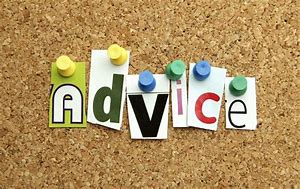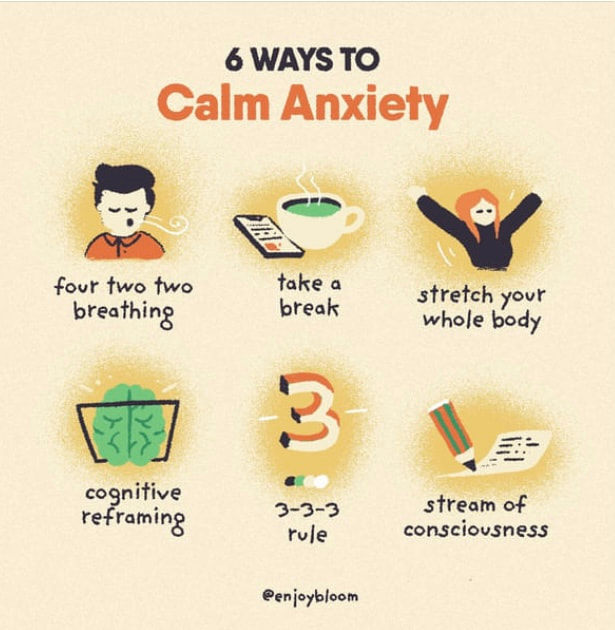Advice
|
The Practical Test is odd. You usually start a test with zero score, then gain points.
Here, you start with "no faults" but may "win" some. But don't lose heart. It's more a "controlled assessment" than a test. The "examiner" is just an observer, there to check (in only 40 min) that you're safe to go out on your own (for 70 years !) So ... |
1. Eat, sleep, and be cheerful
Before the day, make sure you're rested and that your blood-sugar is alright. Visualise success, not what might go wrong. Get a treat ready for when you pass, and friends or family to celebrate with. (And if you don't succeed, have something distracting to do). Watch this or ask your doctor if you think nerves will be a problem, and don't be afraid of alternatives.
Before the day, make sure you're rested and that your blood-sugar is alright. Visualise success, not what might go wrong. Get a treat ready for when you pass, and friends or family to celebrate with. (And if you don't succeed, have something distracting to do). Watch this or ask your doctor if you think nerves will be a problem, and don't be afraid of alternatives.
|
2. Take Your Time
You're in charge. Go cautiously, but not hesitantly. There's no rush. Talk yourself through stuff. All decisions are yours to make. Show other road users they can trust you. Imagine what they feel comfortable seeing. Like speaking in public, what feels a little too slow will probably be right. If you really want to, ask to stop for a minute. 3. Don't panic ! Don't think of this as a test, just an assessment. Go to the loo before your instructor picks you up. Maybe say out loud the steps of the Hazard Routine, etc. Slow down and you'll have time for everything you need to do. "Keep Calm and Drive on". 4. Forget any faults Ignore what the examiner may be noting down. Their job is to observe you, not judge you. Not all writing is about your faults. All they want to know: "Is this person safe to drive on their own ?" Concentrate on the present (which you can influence), not your past (which you can't). |
|
5. Breathe deeply, chew, and let the emotion out ...
Focus fully on the job = convince your examiner you can control your car, stay within the rules, AND anticipate others' actions. Chew gum, stop for a drink, hum, tap. Talk to yourself, or chat to them. Count exits off roundabouts as you go round. And take a friend, for moral support: they can't participate but it might make you feel more "in your own space". 6. Make it obvious If you notice a mistake, say so (you don't need to apologise!) It'll show you knew what was right. Ask if anything's unclear. You won't be faulted for going a different way from what's been asked, only for not obeying road signs / markings ... or suddenly changing speed / direction to make up for it. |


